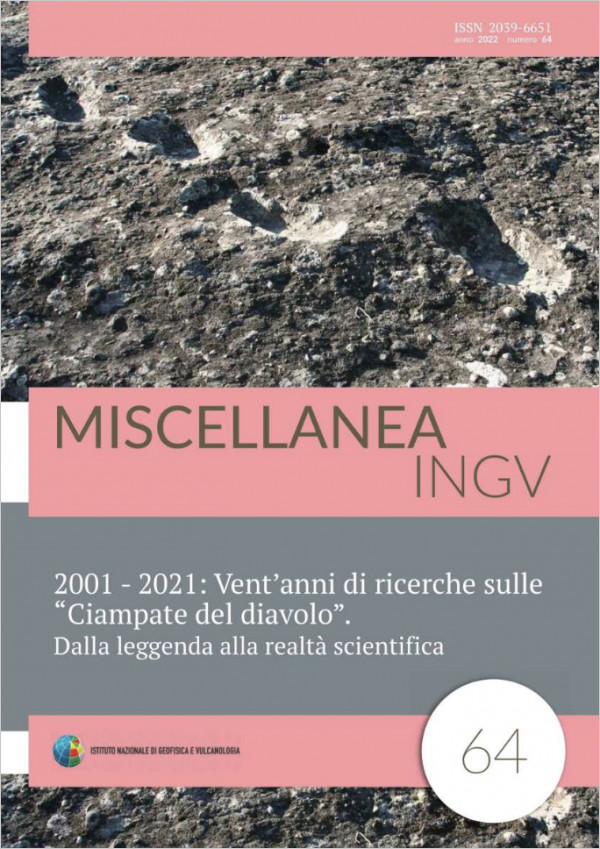Osservazioni preliminari sulla frequentazione umana preistorica dell’areale del Roccamonfina
Main Article Content
Abstract
Attributing a fossil footprint to a specific human species is always a challenging task, especially when no other archaeological evidence is available in addition to the age of the trampled layer.
In the Foresta ichnosite only recently some rare Levallois lithic tools have been found and they are still under study. For this reason, the precise attribution of the so-called “Devil’s Trails” to a specific human trackmaker remains very hard. Moreover, the rekindling of the palaeoanthropological debate about the precise characterization of human species moving in the age to which these fossil footprints have been dated (around 350 ka) (Homo heidelbergensis vs. Homo neanderthalensis) has made this task even more difficult. In this contribution, we summarise the status of the studies in light of the latest findings and knowledge.
In the Foresta ichnosite only recently some rare Levallois lithic tools have been found and they are still under study. For this reason, the precise attribution of the so-called “Devil’s Trails” to a specific human trackmaker remains very hard. Moreover, the rekindling of the palaeoanthropological debate about the precise characterization of human species moving in the age to which these fossil footprints have been dated (around 350 ka) (Homo heidelbergensis vs. Homo neanderthalensis) has made this task even more difficult. In this contribution, we summarise the status of the studies in light of the latest findings and knowledge.
Article Details
Section
Article

This work is licensed under a Creative Commons Attribution 4.0 International License.

